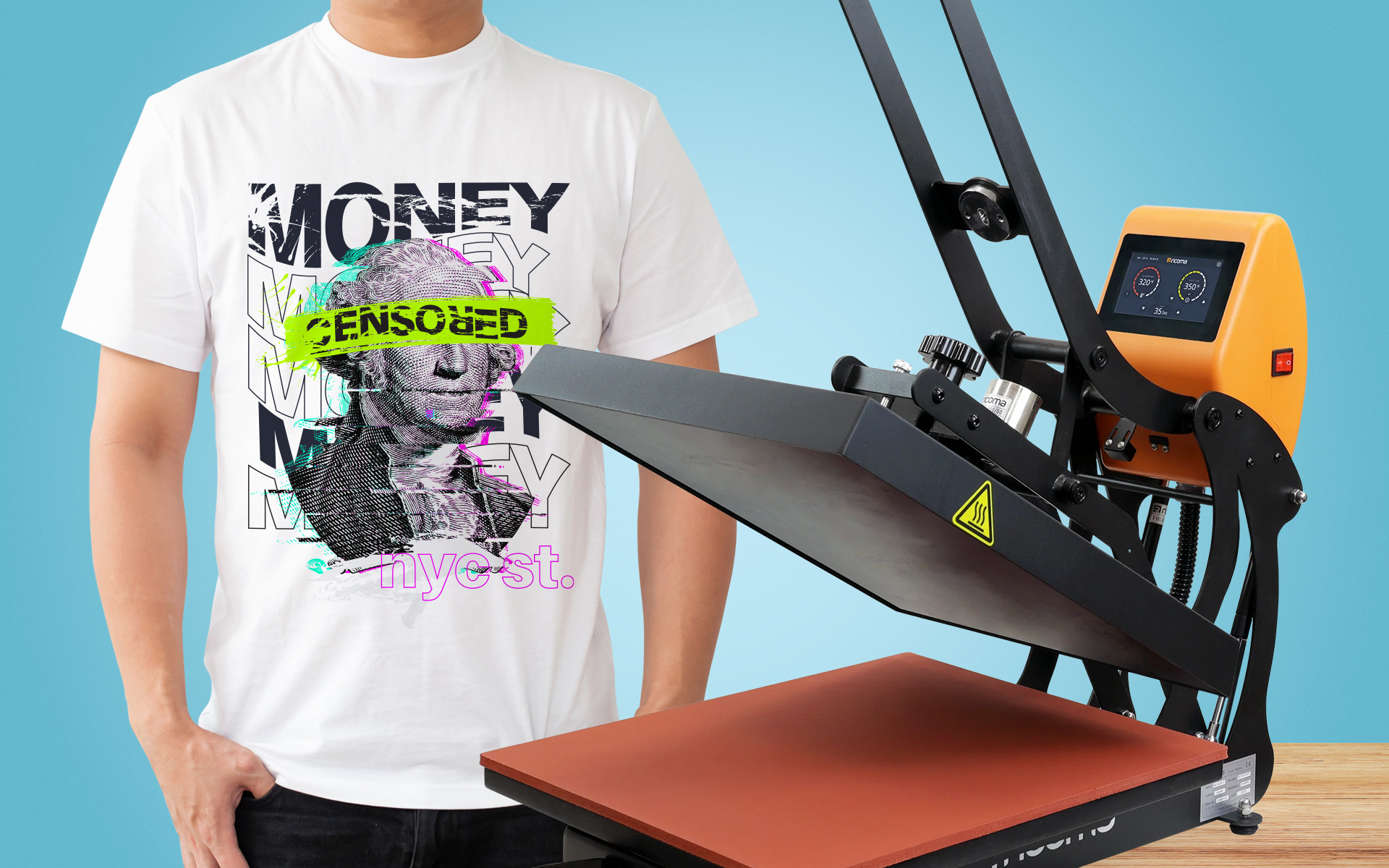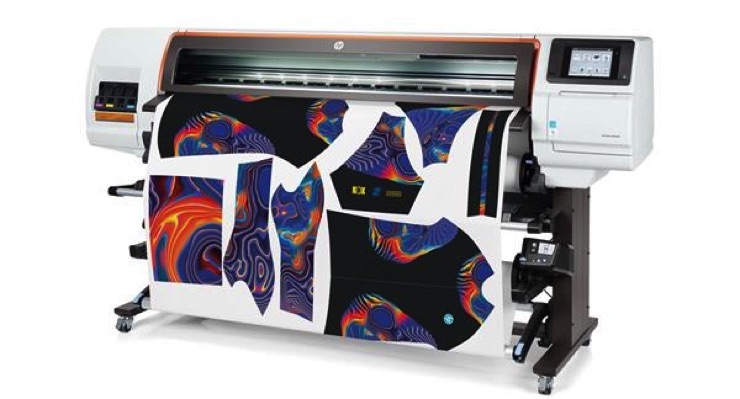Why DTF Printing is the Future of Personalized Clothing Production
Why DTF Printing is the Future of Personalized Clothing Production
Blog Article
From Traditional to Digital: Recognizing the Evolution of Cloth Printing
The improvement of fabric printing from standard techniques like block printing and resist dyeing to modern methods such as display and electronic printing notes a significant change in the fabric market. Traditional methods, soaked in artisanal craftsmanship and social value, have progressively paved the way to digital advancements that provide unprecedented precision, effectiveness, and personalization. This change not just enhances production capacities yet likewise lines up with growing demands for lasting techniques. Yet, how do these developments affect the essence of cloth printing, and what might the future hold for this ever-evolving craft?
Traditional Towel Printing Approaches
In the very early phases of textile manufacturing, traditional cloth printing techniques worked as the keystone of textile design, supplying both performance and creative expression. Methods such as block printing, stand up to dyeing, and stenciling were diligently created and fine-tuned over centuries, each adding special aesthetic top qualities and functional applications to the textile industry. Block printing, one of the earliest approaches, involved sculpting complex layouts into wood blocks, which were after that dipped in color and pushed onto material. This labor-intensive process permitted for the repeating of in-depth patterns, showcasing the artisan's skill and imagination.
Stand up to dyeing, including techniques like batik and tie-dye, employed wax or other compounds to stop dye from passing through particular locations of the textile. This approach created striking contrasts and intricate layouts, commonly imbued with social significance. Stenciling, another traditional approach, entailed cutting patterns right into a product and using color via the openings, using a less complex yet efficient method to produce recurring designs.
These standard techniques not just formed the fabric sector's very early advancement but additionally laid the groundwork for future developments. Each technique reflected the local and cultural qualities of its beginning, preserving and sharing artisanal knowledge via generations.
The Increase of Display Printing
The development of screen printing in the very early 20th century marked a significant departure from standard methods, offering unprecedented versatility and efficiency. Screen printing enabled developers to generate intricate patterns and lively shades on textiles, which were formerly challenging to achieve with block printing or hand-painting techniques.
One of the key benefits of display printing is its capacity to reproduce complex designs on a big scale with remarkable integrity. This scalability made it immensely prominent in the industrial fabric sector, where automation without compromising top quality is critical. Display printing fits a broad array of inks and dyes, expanding the combination of structures and coatings available to developers.
Additionally, the process is highly adaptable, appropriate for different material types consisting of cotton, silk, and synthetics. This flexibility, combined with its cost-efficiency for large runs, solidified display printing's role as a foundation of modern textile production. Therefore, the surge of screen printing changed the market, pushing the boundaries of what was possible in fabric style.

The Development of Digital Printing
Structure on the remarkable advancements brought by display printing, the textile sector experienced an additional groundbreaking growth with the arrival of digital printing. Emerging in the late 20th century, digital printing revolutionized the way layouts are moved onto textiles, using extraordinary versatility and efficiency. Unlike standard approaches, which typically required considerable setup and substantial Clicking Here hands-on intervention, electronic printing uses computer-aided layout (CAD) modern technology to create elaborate patterns directly onto the textile with high accuracy.
This technology has actually made it possible for fabric producers to meet the expanding need for personalization and on-demand manufacturing. By removing the demand for plates and screens, digital printing reduces preparations and minimizes product waste, making it a much more sustainable choice. The capacity to print complex photos and a broad range of colors in a solitary pass has actually opened brand-new imaginative methods for developers, promoting a rise in creative expression within the industry.
Furthermore, electronic printing sustains smaller set manufacturing runs, which is specifically useful for particular niche markets and start-up style brands. This technical leap has not just improved functional performance but also equalized access to high-quality fabric printing, establishing the stage for future advancements in fabric style and production.
Comparing Techniques: Traditional Vs. Digital
While both traditional and digital printing techniques have their own unique advantages, they vary significantly in regards to procedure, effectiveness, and environmental influence. Conventional fabric printing, encompassing methods like block printing and display printing, involves hand-operated labor and elaborate workmanship. These approaches are commemorated for their capacity to generate lively colors and rich structures, usually resulting in distinct, artisan-quality products. They are labor-intensive, time-consuming, and usually limited in terms of color selection and design intricacy.
On the read what he said other hand, electronic printing utilizes advanced technology to move layouts straight onto textile using inkjet printers. This technique uses unparalleled precision and a substantial range of shade alternatives, making it possible for very comprehensive and complex layouts. Digital printing is significantly much faster, enabling fast turn-arounds and just-in-time production, which decreases the demand for big stock storage. In addition, it sustains customization and little batch manufacturing, catering to contemporary consumer needs for personalized items.
From an environmental point of view, electronic printing is normally a lot more sustainable. It utilizes much less water and generates marginal waste compared to traditional approaches, which typically entail considerable cleaning and dyeing procedures. Consequently, digital printing is increasingly favored in a period where ecological factors to consider are critical.
Future Patterns in Fabric Printing
One considerable fad is the enhanced application of electronic printing technologies. Digital fabric printing is expected to dominate the market, driven by its effectiveness and versatility to consumer needs for customized and limited-edition items. DTF printing.

In addition, the consolidation of wise fabrics, which incorporate electronic elements into fabrics, is readied to change the marketplace. These fabrics can supply extra capabilities such as temperature level guideline, wellness tracking, and interactive features. As modern technology remains to advancement, the crossway of digital printing and clever textiles will open up new methods for functional and creative applications in towel printing.
Conclusion
The development of cloth printing from conventional approaches to electronic advancements notes a substantial change in the fabric sector. While standard methods highlight artisanal craftsmanship and social heritage, digital printing provides unrivaled accuracy, effectiveness, and modification. This shift not only improves production abilities however additionally sustains sustainability campaigns. Future fads are most likely to continue incorporating sophisticated technologies, even more redefining fabric style and manufacturing procedures over here to meet ecological factors to consider and modern needs (Branded clothing).
The improvement of fabric printing from traditional techniques like block printing and withstand coloring to contemporary strategies such as display and electronic printing notes a considerable change in the fabric sector. Display printing made it possible for designers to produce detailed patterns and dynamic shades on materials, which were previously testing to accomplish with block printing or hand-painting approaches.
Structure on the impressive improvements brought by screen printing, the textile market experienced one more groundbreaking growth with the development of electronic printing. DTF printing. Conventional fabric printing, encompassing methods like block printing and display printing, includes manual labor and complex workmanship. As innovation continues to advance, the junction of electronic printing and clever fabrics will open brand-new avenues for creative and useful applications in fabric printing
Report this page